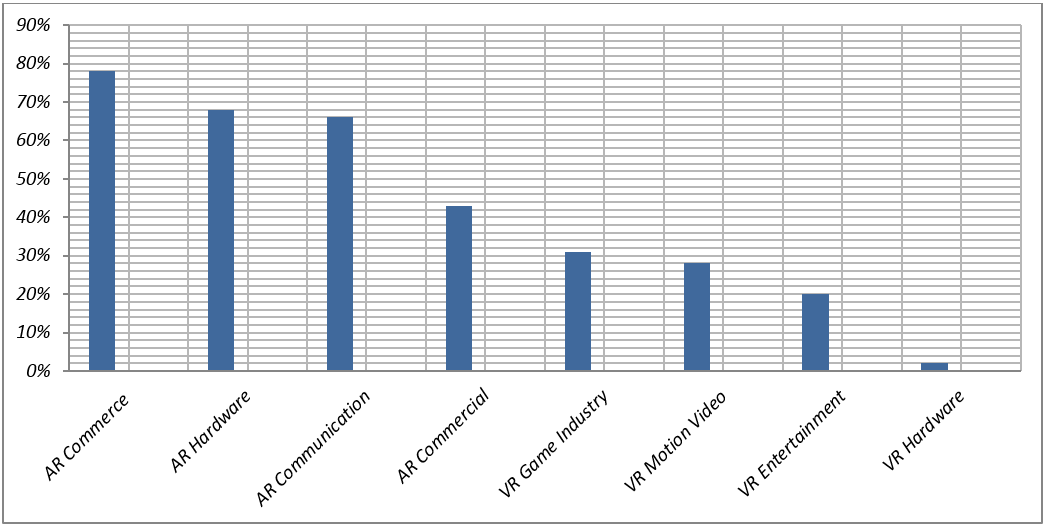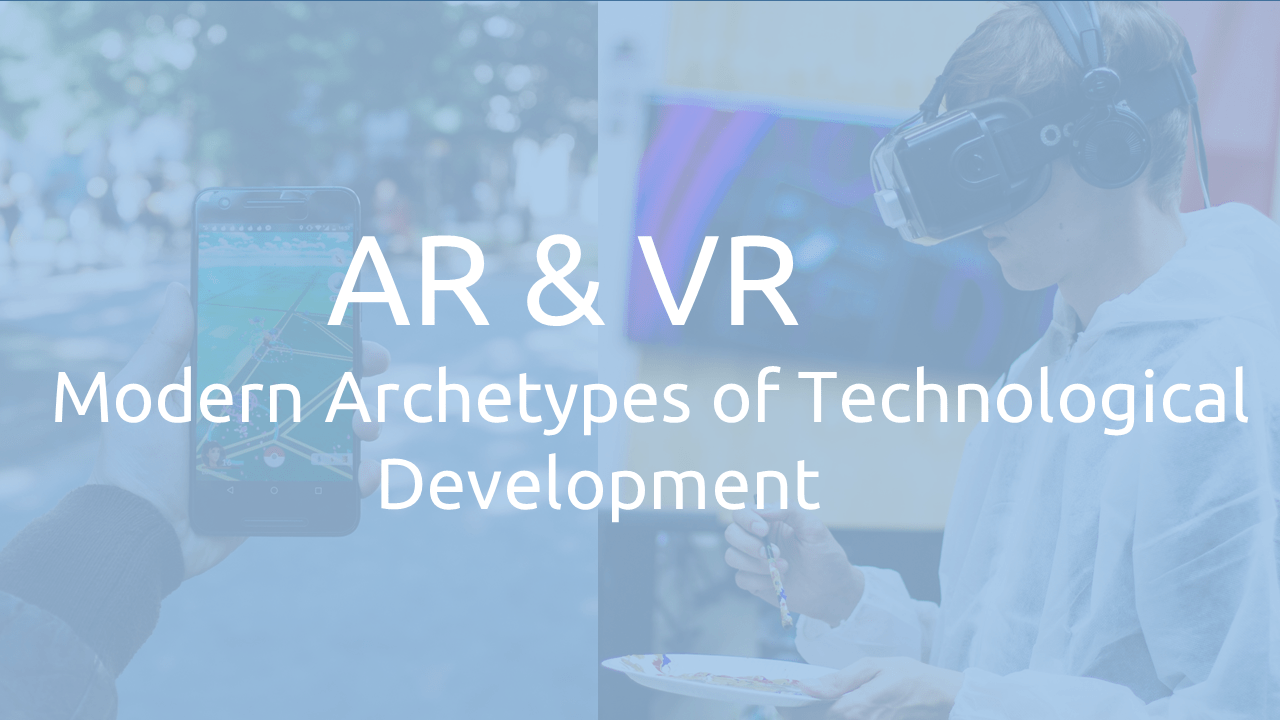Next generation can be updated alien with futuristic utensils! This phrase often compels us to think beyond visual reality, the initiation of Augmented Reality (AR) and Virtual Reality (VR). The concept of simulation used makes the fundamental difference in between AR – what our senses perceive, and VR – what our senses deceive.
The technology of Augmented Reality (AR) came into existence in 1968 when computer scientist of Harvard named Ivan Sutherland, father of computer graphics, created first VR Head Mounted Display System. But, a researcher named Thomas Caudell coined the term Augmented Reality (AR) back in 1990. While in 1838, the invention of first stereoscope using twin mirrors to project a single image provided the origins of Virtual Reality (VR). But, the term “Virtual Reality” was used in “[amazon_textlink asin=’1604598182′ text=’Judas Mandala’ template=’ProductLink’ store=’haseayaziobvi-20′ marketplace=’US’ link_id=’e0af6b62-47dc-11e8-8f41-3dbd736a3f1d’]”, a science-fiction novel by Damien Broderick published in 1982. From simple live gaming to complex flight simulation these realities cast an escalating impact. But after several years of being more conceptual and logical, one may not still sure about the existence of AR & VR.
Outlook of Augmented Reality (AR) and how does AR work?
Augmented Reality is the merger of real and virtual worlds. Typically, it is the representation of an altered reality where ordinary reality perceived through our senses is overlapped with artificial sensory information. In the world of AR, it is possible to superimpose statistics, texts or other information forms over real-life images. Using this technology, we can get the updated knowledge of immediate phenomena even where there is no prior knowledge. Moreover, it provides information where we need to augment existing knowledge such as traffic updates, support rating, sales etc.
Using a mobile-based application, mobile’s camera identifies marker, often a black and white barcode image. The software analyses the marker and creates a virtual image overlay on the mobile phone’s screen, tied to the position of the camera. This means the app works with the camera to interpret the angles and distance the mobile phone is away from the marker. Due to the number of calculations a phone must do to render the image or model over the marker, often only smartphones are capable of supporting augmented reality with any success. Phones need a camera, and if the data for the AR is not stored within the app, a reliable internet connection. Handheld Display and Spatial Display are used for Augmented Reality.
Outlook of Virtual Reality (VR) and how does VR work?
Virtual Reality alters the reality by immersing a person in the fully imaginary world. Typically, it is computer generated, multi-dimensional representation, with different degrees of similarity with the different real environments, from a schematic view of the objects up to photo realism, which allows us to interact with environments and objects. The use of VR can simulate such environment that almost gives the impression of the novel scene. VR not only includes sound and sight but sensors corresponding to each of the five senses are applied to the human body; that strengthens the perception of being physically present in a non-physical world, a virtual space! This’s also the core reason behind getting more realistic experience by the use of VR.
VR is often referred to as Head Mounted Display (HMD). Holding up Google Cardboard to place your Smartphone’s display in front of your face can be enough to get you immersed in a virtual world. The goal of the hardware is to create the virtual environment without the boundaries we usually associate with TV or computer screens. So whichever way you look, the screen mounted to your face follows you. The video is sent from the console or computer to the headset via an HDMI cable in the case of headsets such as HTC’s Vive and the Rift. VR headsets use either two feeds sent to one display or two LCD Displays, one per eye. There are also lenses which are placed between your eyes and the pixels which is why the devices are often called Goggles.
Potential Players
Among the several production companies working under the umbrella of AR and VR, we can only rely on potential players to get precise outcomes. Microsoft HoloLens allows us to interact with Augmented Reality (AR) while HTC Vive VR System allows you to see the charm of the artificial world known as Virtual Reality (VR). Each potential seller launches the product/application as per its decided aims while considering the user demands. So, focused consideration is necessary to choose the most appropriate seller.
| Potential Players of AR | Potential Players of VR |
|
|
Applications
Now a day, AR and VR are excelling in every field of work. Over the broad spectrum of applications, some area like Gaming and Education are being overlapped in between these realities. Further development can be attained by the integration of AR and VR.
| Application Areas of AR | Application Area of VR |
|
|

Pros and Cons
Humans are exploring new horizons for the sake of ease regardless the complexity and difficulty level of the knowledge he/she is going to encounter. Let’s see the bright side of AR and VR portrait.
| Advantages of AR | Advantage of VR |
|
|
Being a human, we always try to develop a perfect and unique product, application or service in its functionality. To maximum extent, we achieve this all. Incontrovertibly, it introduces some constraints to limit the functionality or often creates the dark side of a picture.
| Disadvantages of AR | Disadvantages of VR |
|
|
Conclusion
Future study in the field of AR & VR includes “Screen resolution matches visual brain input, eye tracking adds both presence and control, face tracking from head-mounted displays perfectly conveys your real appearance and the end of displays and screens”. It’s incredibly amazing that the market of AR and VR can possibly grow up to $2.16 trillion by 2035. As this can occur, we can expect VR to be combined with AR to create a virtual space as precise and detailed as photograph. In this modern era of technological advancement, the outlook of AR and VR is making a platform to transform human lifestyles.

Leave a Reply